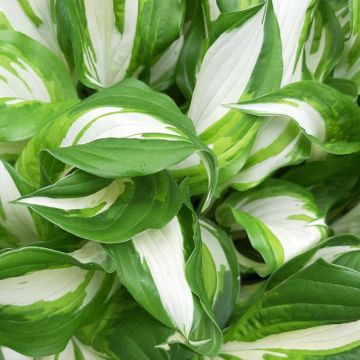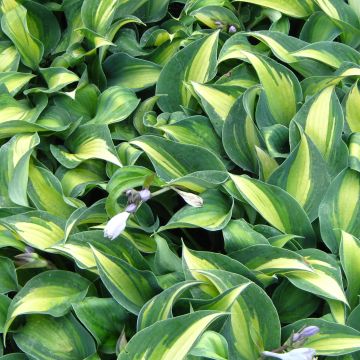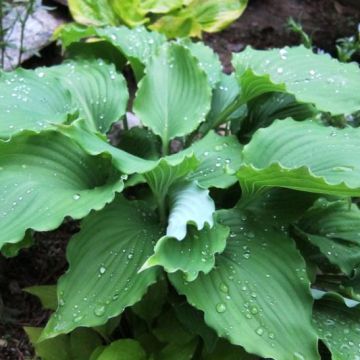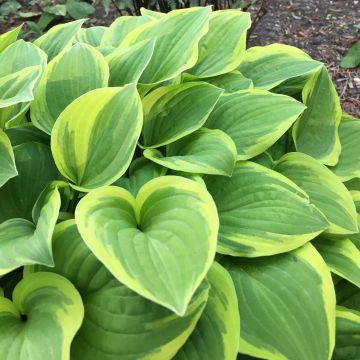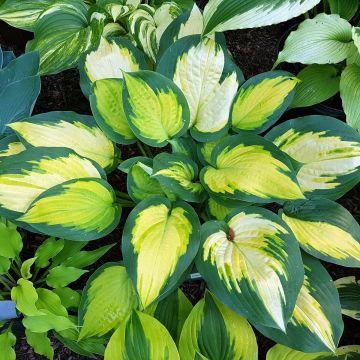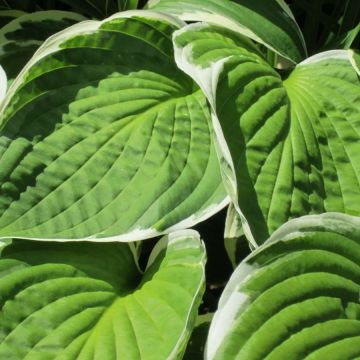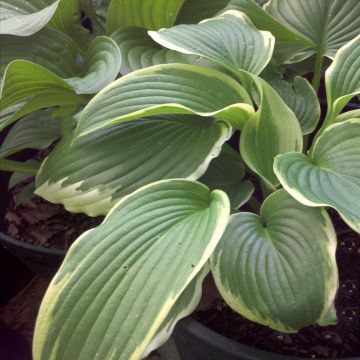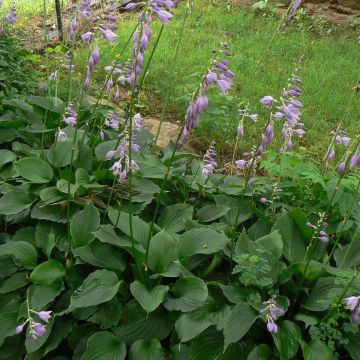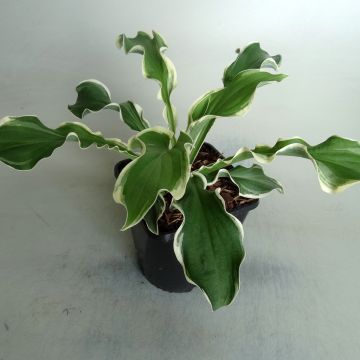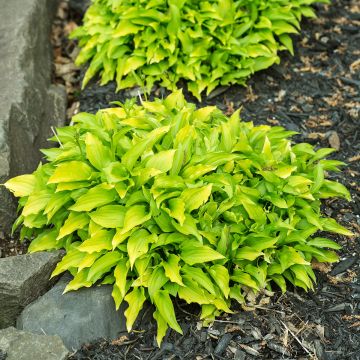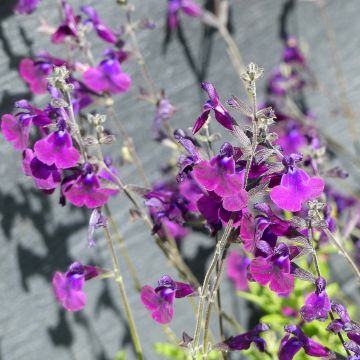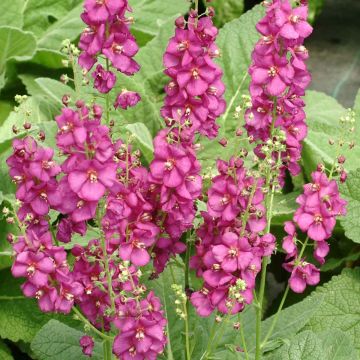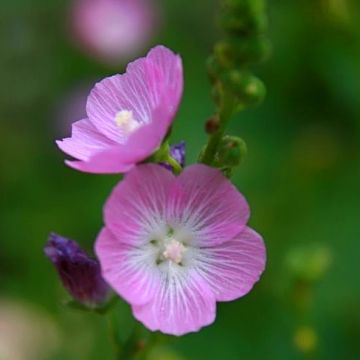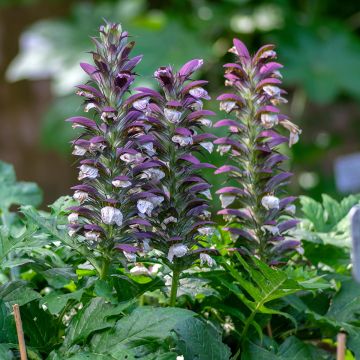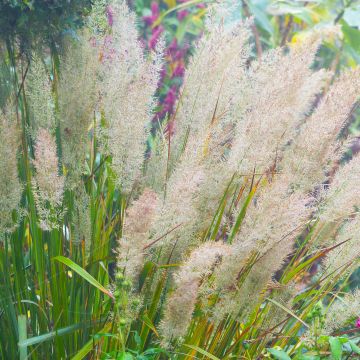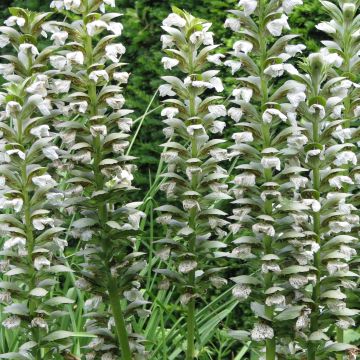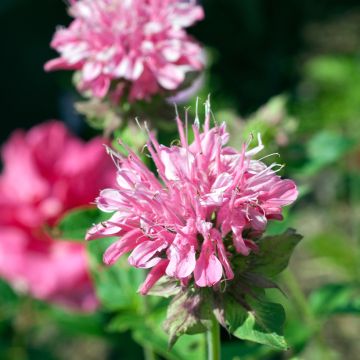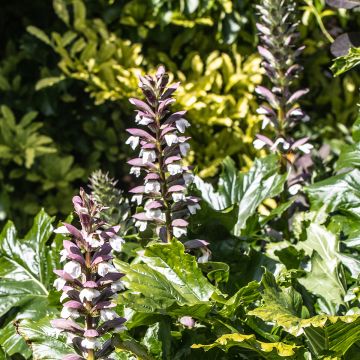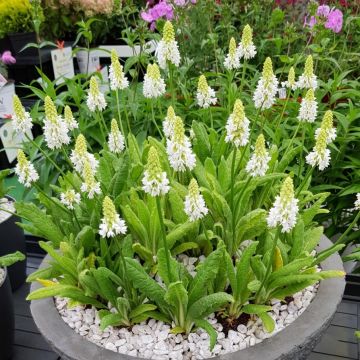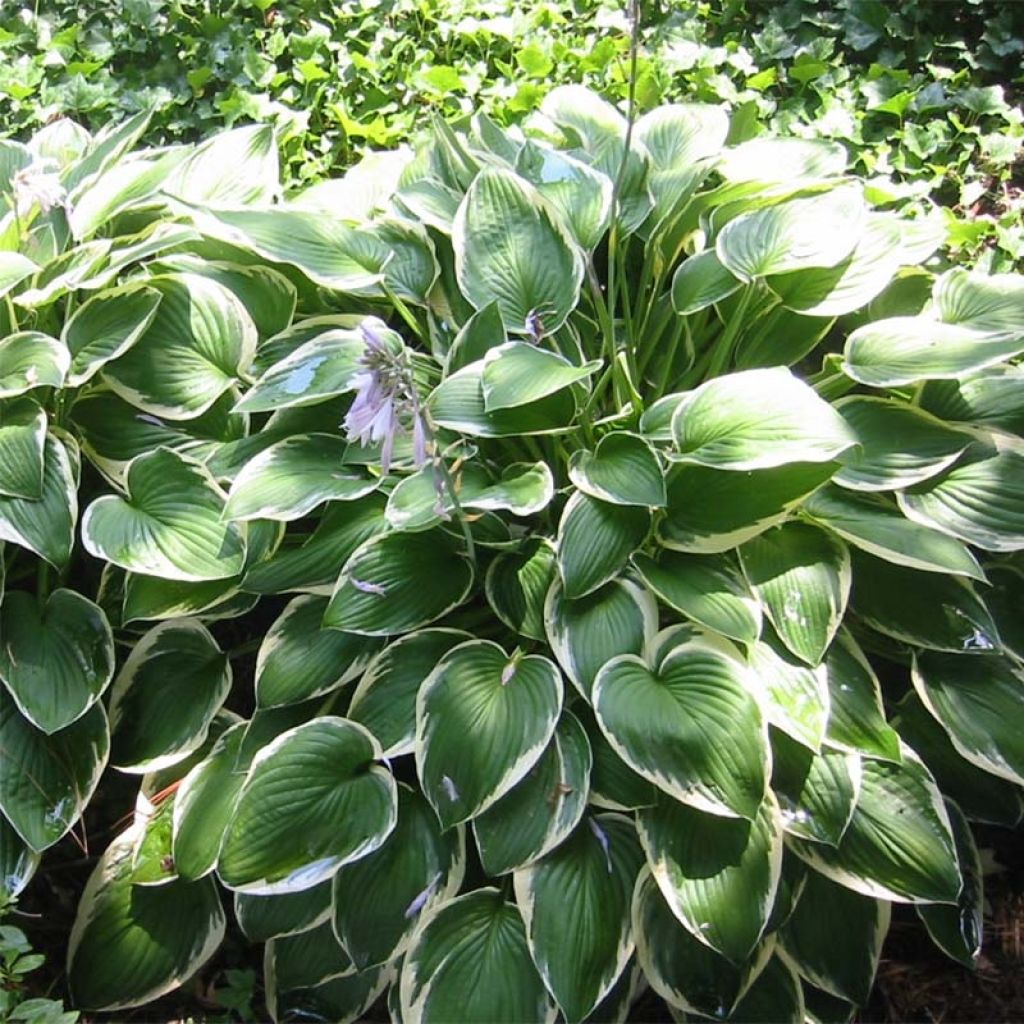

Hosta fortunei Francee
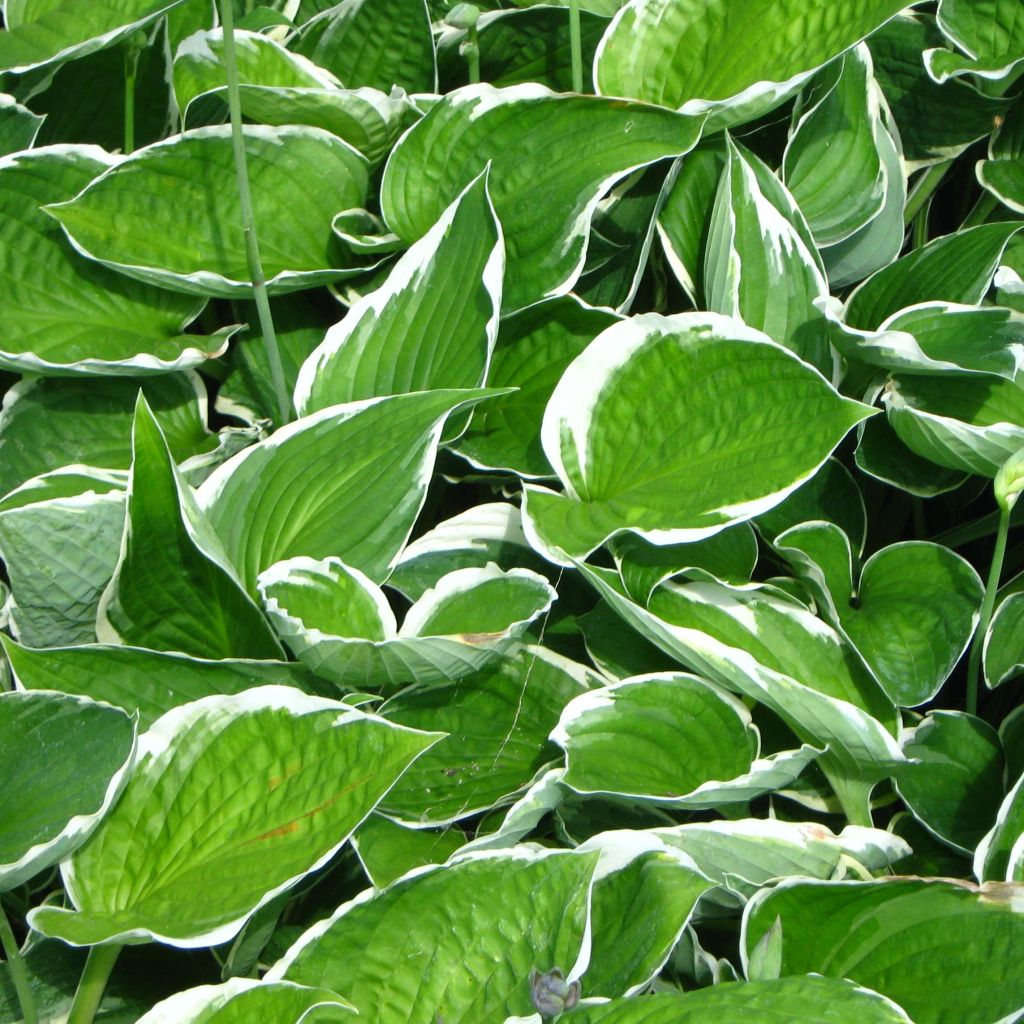

Hosta fortunei Francee
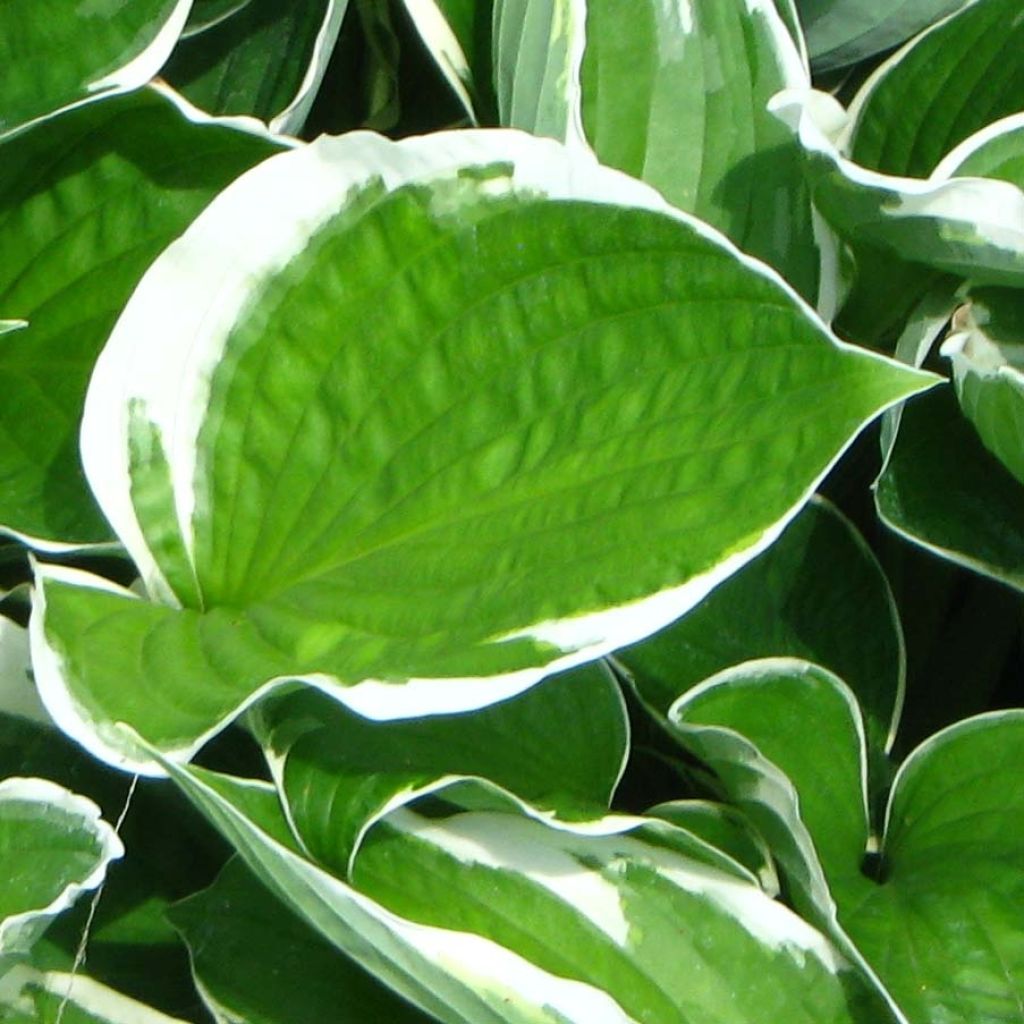

Hosta fortunei Francee
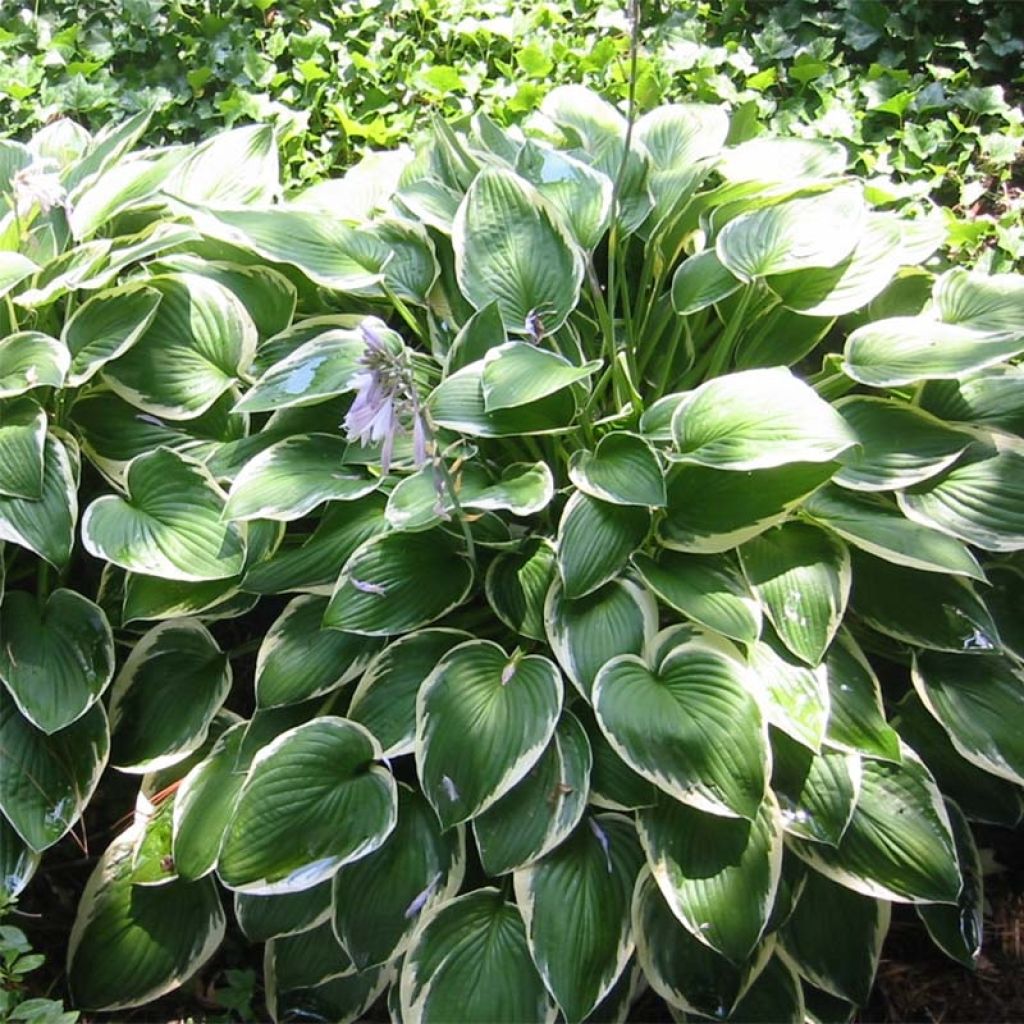

Hosta fortunei Francee
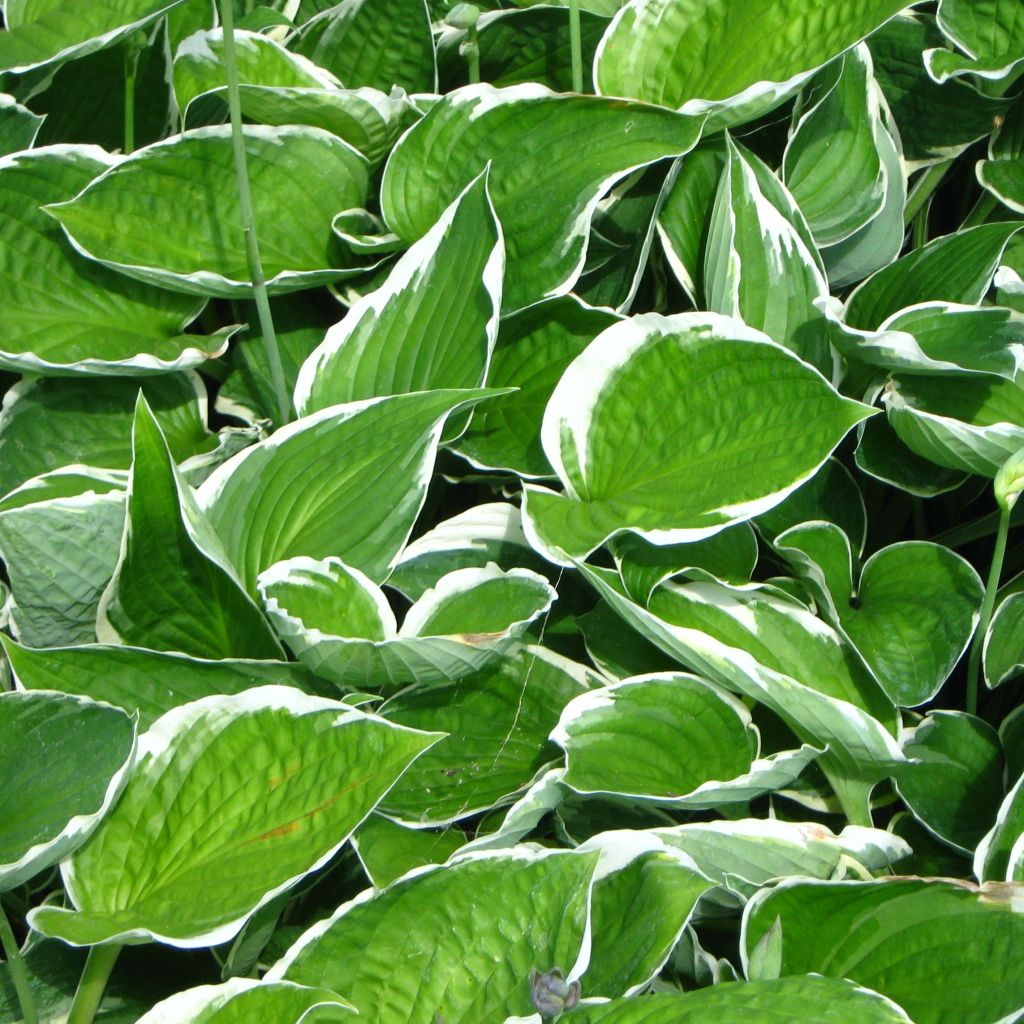

Hosta fortunei Francee
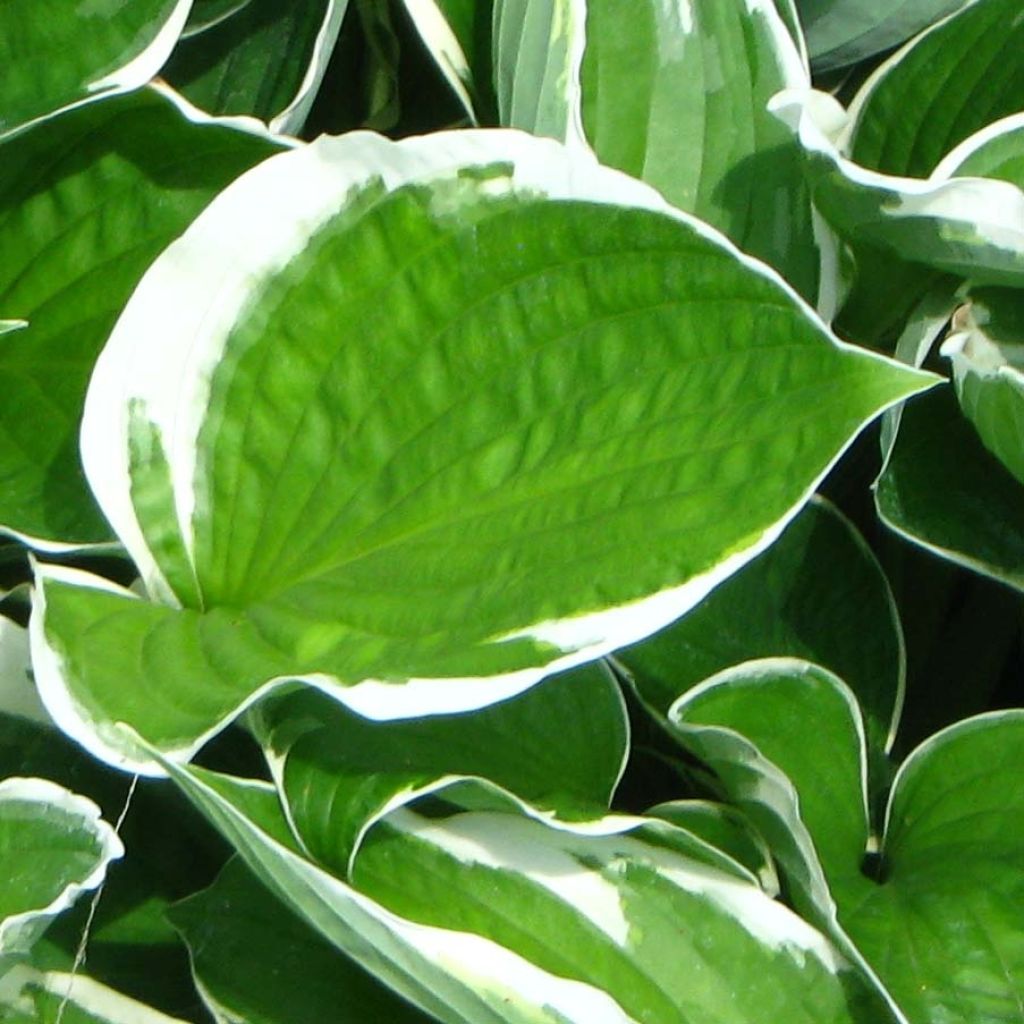

Hosta fortunei Francee
Hosta fortunei Francee
Hosta fortunei Francee
Fortune's Hosta, Plantain Lily, Funkia
This item cannot be shipped to the selected country
Delivery charge from €5.90
Delivery charge from €5.90
More information
Schedule delivery date,
and select date in basket
This plant carries a 12 months recovery warranty
More information
We guarantee the quality of our plants for a full growing cycle, and will replace at our expense any plant that fails to recover under normal climatic and planting conditions.
From €5.90 for pickup delivery and €6.90 for home delivery
Express home delivery from €8.90.
From €5.90 for pickup delivery and €6.90 for home delivery
Express home delivery from €8.90.
Does this plant fit my garden?
Set up your Plantfit profile →
Description
The Hosta 'Francee' is a remarkable variety in more than one way. Beautiful, lush, this variety develops a superb heart-shaped foliage that is nicely variegated and retains its color in the sun. Its large smooth leaves are a soft olive green to grey and irregularly edged with white. In summer, its clusters of lovely lavender flowers can be used in bouquets. Very beautiful and sturdy, this excellent variety also resists gastropod appetites quite well. It is easy to grow and succeeds in cool soil, in all exposures.
This Hosta, or Funkia, is a completely hardy, deciduous perennial that, from spring, has a clumping habit. It belongs to the asparagaceae family. The plant will reach 60 cm (24in) in height and 70-80 cm (28-32in) in flower, spreading over 70-80 cm (28-32in). It forms a wide clump, wider than it is tall. It is a plant with a good lifespan, with deciduous elongated heart-shaped foliage with visible veins. The lamina, measuring up to 18 cm (7in) long, is thick and smooth. The white to cream margins will spread more or less from the leaf edges, extending to the central vein on some of them. This thick foliage resists gastropod attacks well and does not burn in the sun. Flowering takes place in July-August, in the form of pendulous lavender bells, grouped towards the top of the peduncles, which can reach 80 cm (32in) in height. This perennial spreads by stolons, similar to strawberries.
The 'Francee' Hosta will go well in partial shade with helxine, ferns, epimediums, and Claytonia sibirica, with which it forms beautiful colorful duos that require little maintenance. It will also look great with columbines, tall foxgloves, or small violets. All hostas grow well in pots and can remain in the same container for several years. Choose a special geranium potting soil to use during the growing season. As long as the foliage is not too dense, you can water from the top of the pot. Then place a saucer under the pot where you will pour water, keeping the level constant in summer.
Most species commonly found in Western gardens have been introduced from Japan. Hostas are edible and are called urui in Japan, where they are commonly consumed.
Report an error about the product description
Hosta fortunei Francee in pictures
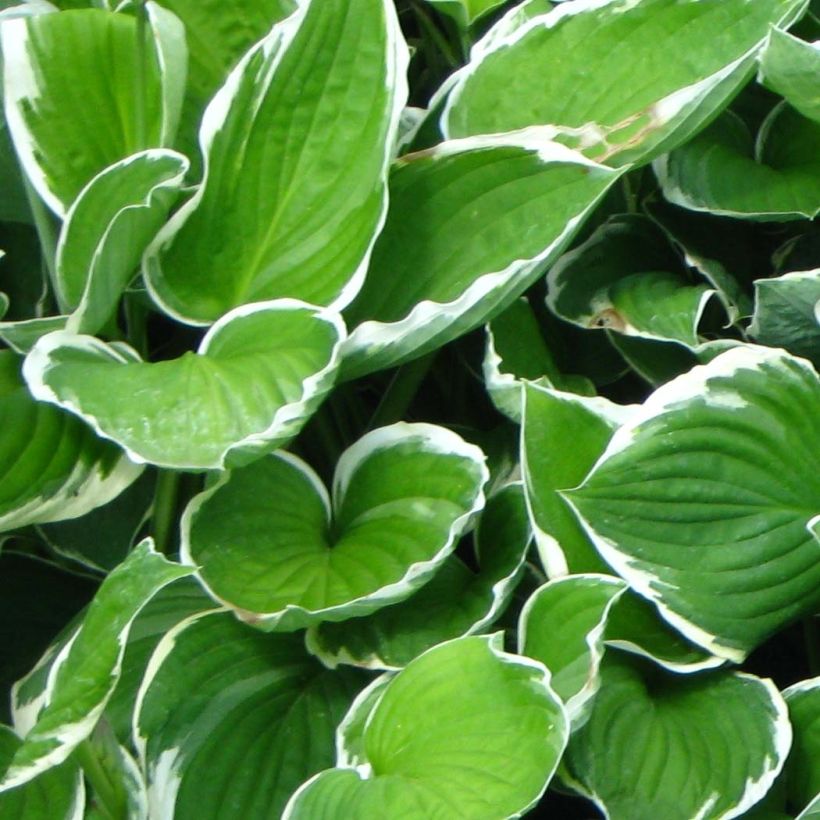

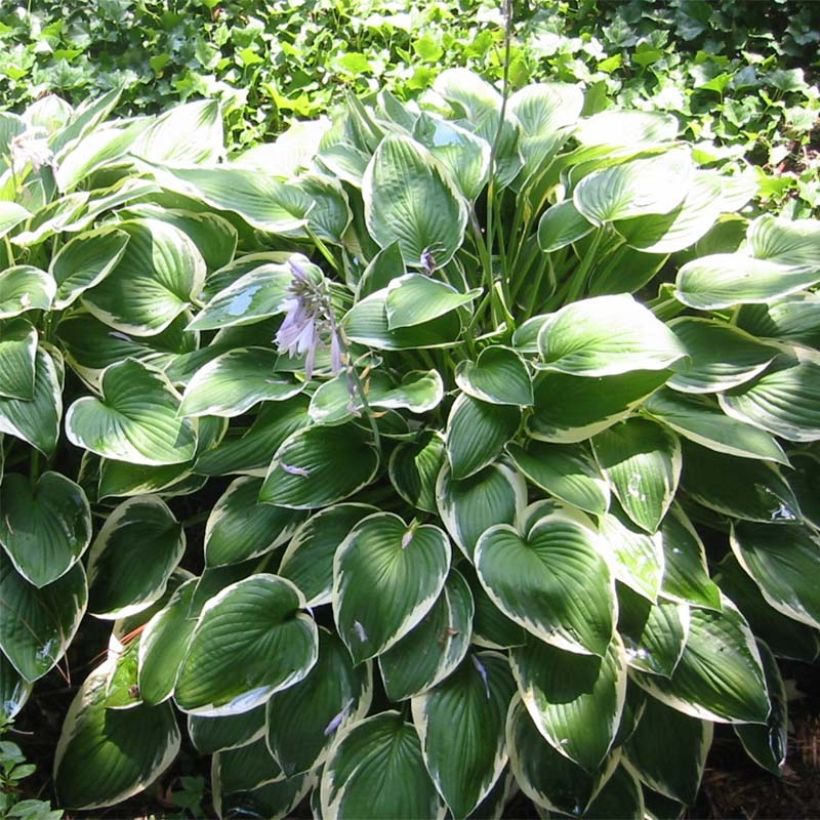

Flowering
Foliage
Plant habit
Botanical data
Hosta
fortunei
Francee
Liliaceae - Hostaceae
Fortune's Hosta, Plantain Lily, Funkia
Cultivar or hybrid
Other Hostas - Plantain Lilies
Planting and care
Hostas are planted in spring or autumn. Hostas prefer a deep, rich, humus-bearing, loose soil, preferably neutral to acidic (at least low in limestone), moist to wet throughout the year. Plant them in partial shade or dappled shade and in a sheltered location away from strong winds.
Prepare a planting hole of 20 cm (8in) x 20 cm (8in) x 20 cm (8in). If your soil is heavy, mix equal parts of compost with crumbled soil, partially backfill the hole, and place your plant with its root ball so that the top of the root ball is covered with 3 cm (1in) of soil. Applying a basal fertilizer (dehydrated blood, bone powder) will nourish your plant during its rooting period without the risk of burning. Make sure to position the collar well above ground level. Firm the soil and water thoroughly to eliminate air pockets. If the weather is dry, you will need to water regularly for a few weeks to facilitate the establishment of your plant. Also, water regularly during dry summers.
With their common preference for moist habitats, slugs and snails never stray far from hostas. Even though blue or variegated hostas often have thicker and tougher foliage, which is less appetizing to slugs, these plants still need protection from gastropods. Protect your hostas by surrounding them with ferramol-based pellets (approved for organic farming), crushed eggshells, coffee grounds, wood chips, or any dry and rough natural substance that repels them. Hedgehogs are gardeners' best allies in the fight against gastropods as, unlike chickens, they do not dig up soil or attack the lush green shoots of young plants. Finally, some plants have a repulsive odor for slugs, such as wormwood and garlic.
Planting period
Intended location
Care
-
, onOrder confirmed
Reply from on Promesse de fleurs
Summer flowering perennials
Haven't found what you were looking for?
Hardiness is the lowest winter temperature a plant can endure without suffering serious damage or even dying. However, hardiness is affected by location (a sheltered area, such as a patio), protection (winter cover) and soil type (hardiness is improved by well-drained soil).

Photo Sharing Terms & Conditions
In order to encourage gardeners to interact and share their experiences, Promesse de fleurs offers various media enabling content to be uploaded onto its Site - in particular via the ‘Photo sharing’ module.
The User agrees to refrain from:
- Posting any content that is illegal, prejudicial, insulting, racist, inciteful to hatred, revisionist, contrary to public decency, that infringes on privacy or on the privacy rights of third parties, in particular the publicity rights of persons and goods, intellectual property rights, or the right to privacy.
- Submitting content on behalf of a third party;
- Impersonate the identity of a third party and/or publish any personal information about a third party;
In general, the User undertakes to refrain from any unethical behaviour.
All Content (in particular text, comments, files, images, photos, videos, creative works, etc.), which may be subject to property or intellectual property rights, image or other private rights, shall remain the property of the User, subject to the limited rights granted by the terms of the licence granted by Promesse de fleurs as stated below. Users are at liberty to publish or not to publish such Content on the Site, notably via the ‘Photo Sharing’ facility, and accept that this Content shall be made public and freely accessible, notably on the Internet.
Users further acknowledge, undertake to have ,and guarantee that they hold all necessary rights and permissions to publish such material on the Site, in particular with regard to the legislation in force pertaining to any privacy, property, intellectual property, image, or contractual rights, or rights of any other nature. By publishing such Content on the Site, Users acknowledge accepting full liability as publishers of the Content within the meaning of the law, and grant Promesse de fleurs, free of charge, an inclusive, worldwide licence for the said Content for the entire duration of its publication, including all reproduction, representation, up/downloading, displaying, performing, transmission, and storage rights.
Users also grant permission for their name to be linked to the Content and accept that this link may not always be made available.
By engaging in posting material, Users consent to their Content becoming automatically accessible on the Internet, in particular on other sites and/or blogs and/or web pages of the Promesse de fleurs site, including in particular social pages and the Promesse de fleurs catalogue.
Users may secure the removal of entrusted content free of charge by issuing a simple request via our contact form.
The flowering period indicated on our website applies to countries and regions located in USDA zone 8 (France, the United Kingdom, Ireland, the Netherlands, etc.)
It will vary according to where you live:
- In zones 9 to 10 (Italy, Spain, Greece, etc.), flowering will occur about 2 to 4 weeks earlier.
- In zones 6 to 7 (Germany, Poland, Slovenia, and lower mountainous regions), flowering will be delayed by 2 to 3 weeks.
- In zone 5 (Central Europe, Scandinavia), blooming will be delayed by 3 to 5 weeks.
In temperate climates, pruning of spring-flowering shrubs (forsythia, spireas, etc.) should be done just after flowering.
Pruning of summer-flowering shrubs (Indian Lilac, Perovskia, etc.) can be done in winter or spring.
In cold regions as well as with frost-sensitive plants, avoid pruning too early when severe frosts may still occur.
The planting period indicated on our website applies to countries and regions located in USDA zone 8 (France, United Kingdom, Ireland, Netherlands).
It will vary according to where you live:
- In Mediterranean zones (Marseille, Madrid, Milan, etc.), autumn and winter are the best planting periods.
- In continental zones (Strasbourg, Munich, Vienna, etc.), delay planting by 2 to 3 weeks in spring and bring it forward by 2 to 4 weeks in autumn.
- In mountainous regions (the Alps, Pyrenees, Carpathians, etc.), it is best to plant in late spring (May-June) or late summer (August-September).
The harvesting period indicated on our website applies to countries and regions in USDA zone 8 (France, England, Ireland, the Netherlands).
In colder areas (Scandinavia, Poland, Austria...) fruit and vegetable harvests are likely to be delayed by 3-4 weeks.
In warmer areas (Italy, Spain, Greece, etc.), harvesting will probably take place earlier, depending on weather conditions.
The sowing periods indicated on our website apply to countries and regions within USDA Zone 8 (France, UK, Ireland, Netherlands).
In colder areas (Scandinavia, Poland, Austria...), delay any outdoor sowing by 3-4 weeks, or sow under glass.
In warmer climes (Italy, Spain, Greece, etc.), bring outdoor sowing forward by a few weeks.

































